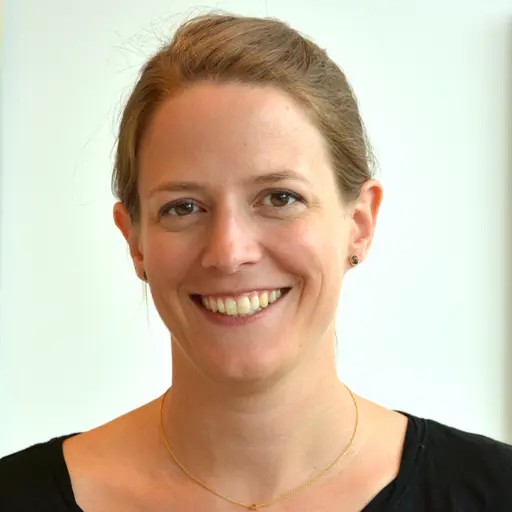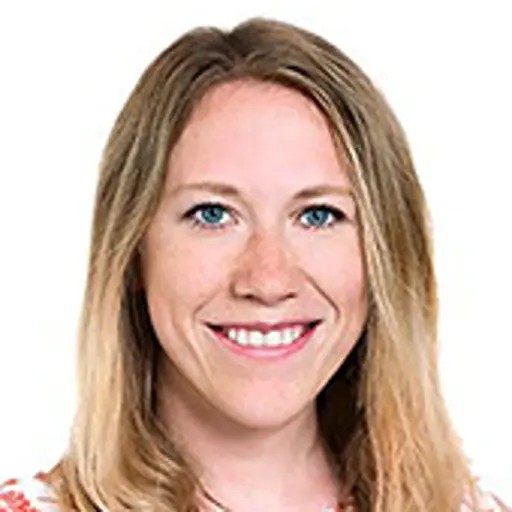

Paper straws were in focus when Chalmers researchers and industry met for the very first industrial experiment at the ForMAX research station at MAX IV. The experiment is the first of its kind and aims to provide new insights into how we can replace plastic with wood material in packaging.
How can wood best replace plastic in packaging? It is a question that many manufacturers are now grappling with, not least since the new EU directive banning single-use plastic items came into force. However, more knowledge is needed about how fiber materials behave and function in order to be able to produce competitive, recyclable and more environmentally friendly wood-based alternatives – and here advanced X-ray scattering technology can show the way. This is because this type of technique lends itself particularly well to studying so-called hierarchical materials, which contain many different structures on several length scales. Hierarchical materials include wood, food, textile and bone.
First experiment at the ForMAX beamline
At the MAX IV research facility in Lund, Sweden, the first experiment for industrial use was recently held at the ForMAX beamline, when researchers from the Department of Physics at Chalmers joined forces with the collaboration partner Tetra Pak. The project is part of the Vinnova-financed competence center FibRE and the collaboration platform Treesearch. The Wallenberg Wood Science Center was also involved.
ForMAX is specially developed for research on materials from the forest. The research station gives researchers the opportunity to study a material's different layers and structures in extreme detail using state of the art X-ray technology, both in real time and down to the smallest possible level – what is called the angstrom level.
“The better we understand what effects the structures, the smarter we can design packaging since it is time-consuming and expensive to produce different samples. When we understand in advance why the material reacts the way it does, one can control the manufacturing to the best possible result right from the start,” says Linnea Björn, PhD student in Marianne Liebi's research group whose focus is X-ray-based research on hierarchical materials.
Investigation of paper straws
The properties of paper straws were in focus during the day of the experiment. How does liquid and changes in humidity change the structure of straws? How do different types of liquids affect the structure, and where in the structure does the liquid seep through? These were some of the things that were investigated and that provide important clues as to how the paper straws of tomorrow can best be designed. Now, the researchers have a large amount of data to be analysed.
“The data analysis is like putting together a very large puzzle, but it is also about deciding which information is relevant and asking yourself the right questions about what you’re searching for. An example of what we are looking for is how the molecules are oriented, as this is something that affects the property of the material. Maybe we can direct them to fold in a different way to get a stronger material. X-ray is a unique technology in that it gives us versatile information about the entire chain of the material,” says Linnea Björn.
Gives input to design and manufacturing
The results from the data analysis could in the future be used as input in computational simulations of the material, to test the materials digitally. The more information the research group can provide of the material, the more realistic the simulations can become. That is of big help when designing and manufacturing new products made from the materials.
“I like the collaboration between academia and industry, it's cool to know that what you do can have meaning and come to practical use,” says Linnea Björn.
Read more:
Contact
- Affiliate Docent, Materials Physics, Physics
- Doctor, Materials Physics, Physics

